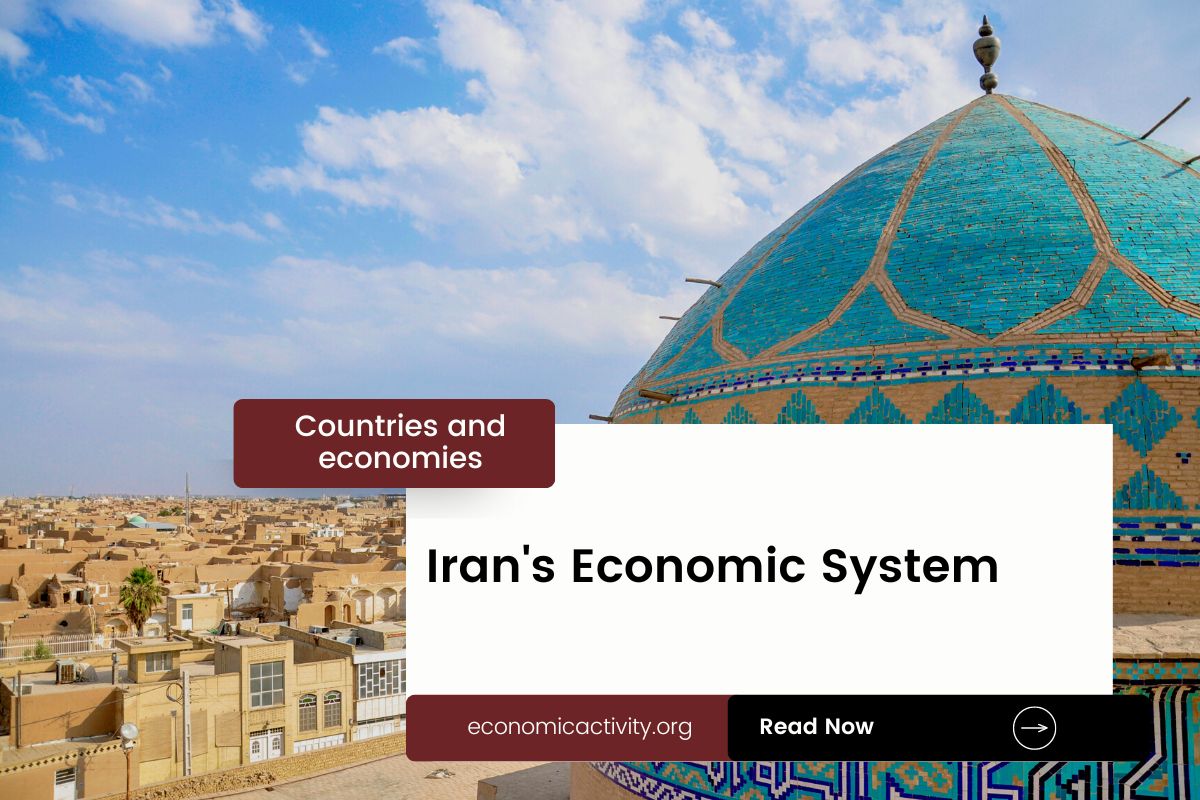What is the economic system of Iran? The economy of Iran is based on a mixed economy. The country’s economic system combines elements of a market economy and a planned economy.
In Iran, the economy is composed of a private sector, consisting of individuals and businesses that make autonomous decisions based on self-interest, and a public sector, where the state determines the production and distribution of certain goods and services. No country is purely capitalist or purely communist.
What do the freedom indexes tell about the economic system of Iran?
To determine if a country is mostly a market economy or a planned economy, it is useful to examine some economic indexes. For instance, according to the 2022 Index of Economic Freedom, which measures the ability of every human to control his labor and property, Iran is ranked 170th globally and 14th in the Middle East and North Africa indicating that the country has a repressed economy.
Similarly, the 2022 Freedom House index evaluates the state of political rights and civil liberties globally. Generally, market economies tend to align more with democracy and freedom, while command economies tend to be characterized by greater state control and fewer democratic and civil liberty protections. Iran gets a score of 14/100, which qualifies it as Not Free.
Iran is a country where the government controls what people do for political reasons, and people have limited freedom to choose (what, how much, and how to produce, whether to buy or not, selling price, etc.)
The Link Between Public Sector Employment and the Economic System of Iran
An indicator of the extent to which the State is involved in the economy is the number of public sector employees. In Iran, according to ILOSTAT, the number of public sector employees as a percentage of the total workforce is 14.9% (2020).
In the country’s mixed economy, the number of public sector employees as a percentage of the entire workforce varies based on the specific policies and practices adopted by the State. Some economic activities are left to the private sector while others are under government control. The bigger the public sector the closer the economy is to be a command economy.
What does the biggest company in Iran say about the country’s economic system
The biggest company in Iran should also be looked at, as well as whether it is a state-owned or private company. In this case, Persian Gulf Petrochemical Industries Co (PGPIC) is an Iranian petrochemical company. It is owned by a range of shareholders, with the majority of shares held by state-owned entities and affiliated organizations in Iran. The Iranian government and its related organizations have significant control over the company.
The historical factors that have influenced the economic system of Iran
The current mixed economy system of Iran in the last century is a result of a combination of factors, including the country’s history of colonialism, its oil-based economy, and its political and social reforms.
Colonialism led to the introduction of foreign economic systems, while the oil-based economy provided the government with a source of revenue to fund social and economic reforms. These reforms, such as the privatization of state-owned enterprises, have allowed the Iranian economy to become more open and competitive, with more predominance of the private sector.




Leave a Reply